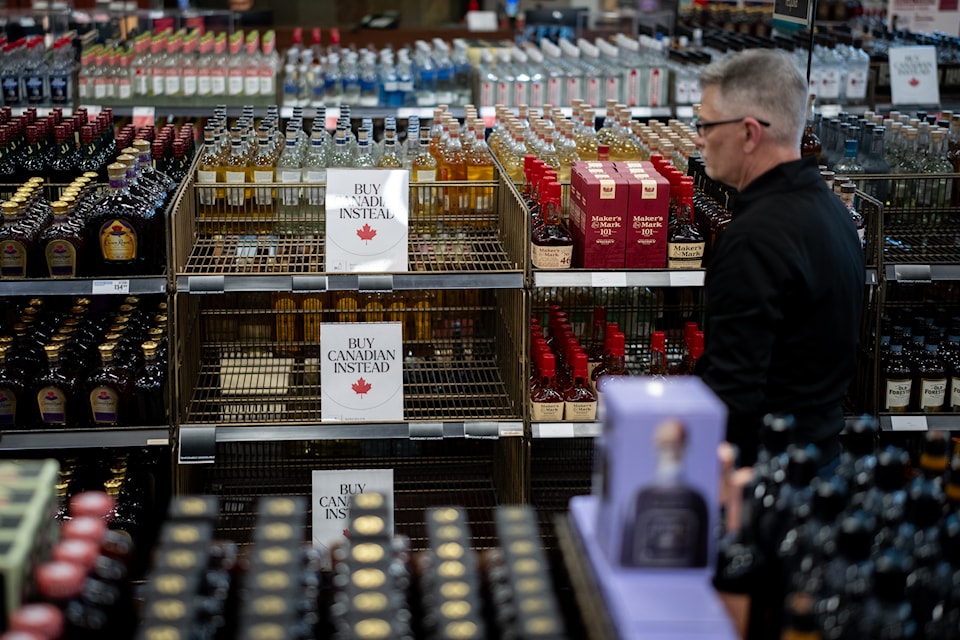The tariffs expected to hit Canada today have been paused, giving consumers one more month to prepare for their effects.
The across-the-board tariff was planned by U.S. President Donald J. Trump to be implemented immediately on Feb. 4, but after recent negotiations with Canadian Prime Minister Justin Trudeau, the start date was pushed back 30 days.
Humber Et Cetera's Nicholas Rego reports the decision to delay the tariffs stems from a deal in which Trudeau agreed to increase border security and appoint a Fentanyl Czar.
That gives Canadian consumers an additional month to prepare for price increases or find alternatives. But if such a high number of Canadians are already struggling to meet the basics, it begs the question of whether or not preparing is even a possibility.
This paused date is beneficial not only for the economies of both nations but for necessarily for the individual consumer.
Canada's central bank stated in its January Monetary Policy Report that tariffs often result in consumers paying more for products. A simplified example the Bank of Canada used to display this is the auto industry when both nations have set a 25 per cent tax on goods and services.
Canadian steel is taxed coming over the border to a U.S. parts manufacturer and then the parts are taxed returning to a Canadian car manufacturing plant.
The car in this scenario is made in Canada and then is taxed when sent to the U.S. to be sold. These back-and-forth tax hits drive up the price for the consumer buying the vehicle on either side of the border.
This is a broad example used to give a quick idea of how tariffs will affect both U.S. and Canadian consumers. The truth is that it is not this simple, many consumers will be affected in different ways in terms of severity.
Erica York, vice president of Federal Tax Policy for the U.S.-based Tax Foundation’s Center, wrote in a report that tariffs can raise prices for consumers, stating that the tariff can be “passed on” to the consumer in the form of higher prices.
People who face financial insecurity stand to be affected disproportionately when it comes to increased prices of products.
To put this in perspective, a low-income household struggling to scrape by currently would be hit much harder than a household with ample excess income. A minor price increase of an essential item can be the difference in whether a product is affordable.
Statistics Canada data from spring 2024 shows 45 per cent of Canadians were having difficulties meeting day-to-day expenses amidst the rising costs of products. This was 12 per cent higher in 2022.




